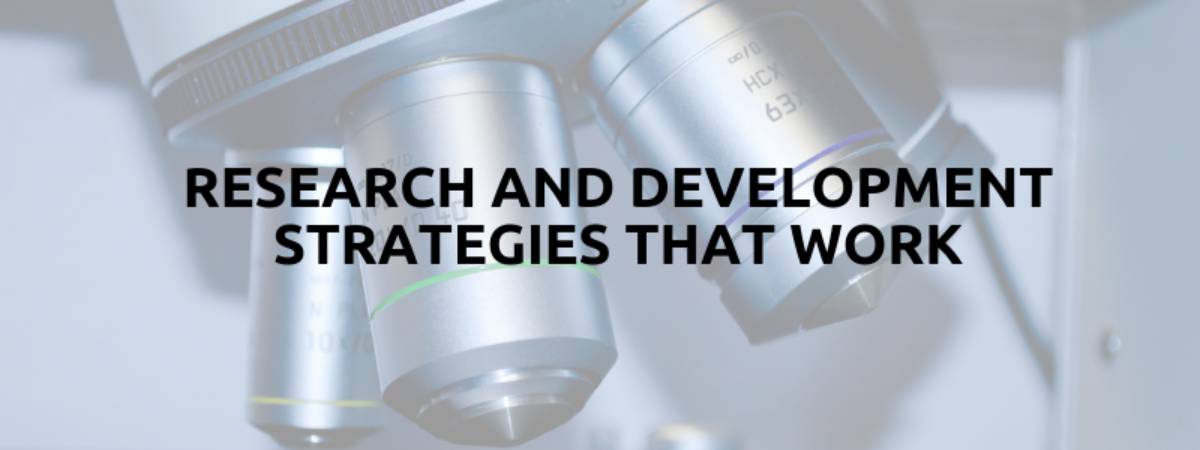Featured
- Get link
- X
- Other Apps
Examples of Industrial Automation
Here are some examples of industrial automation:
Automated assembly lines: Automated assembly lines use
robots and other machines to assemble products in a precise and efficient
manner. This type of automation is commonly used in the automotive,
electronics, and food and drink industries.
Conveyor belts: Conveyor belts are used to carriage products
from one point to another in a factory or other industrial setting. Conveyor
belts can be automated to start and stop based on the presence of products, or
they can be used to carry products through different stages of production.
Computer numerical control (CNC) machines: CNC machines are
computer-controlled machines that can be used to produce complex parts with
high precision. CNC machines are commonly used in the metalworking and plastics
industries.
Robots: Robots are used to perform a wide range of tasks in
industrial settings, including welding, painting, and assembling products.
Robots can also be used to achieve dangerous or repetitive tasks.
Industrial automation is used in a wide variety of
businesses, including
Manufacturing
Food and beverage
Oil and gas
Water and wastewater
Power generation
Pharmaceuticals
Automotive
Electronics
Aerospace
Defense
Industrial automation helps businesses to improve their
productivity, quality, safety, and efficiency. It also allows businesses to
produce more complex products and to reduce their reliance on human labor.
Some common examples of industrial automation
Robots welding car bodies
Conveyor belts transporting products through a factory
Automated assembly lines assembling electronic devices
Computer-controlled machine tools machining parts
Sensors monitoring the temperature and humidity in a
production facility
Actuators controlling the flow of fluids in a chemical plant
Industrial automation is becoming increasingly sophisticated
and widespread. As technology advances, industrial automation systems are
becoming more intelligent & capable of performing more complex tasks. This
is leading to a new era of manufacturing known as Industry 4.0.
Here are some of the benefits of industrial automation:
Increased productivity
Improved quality
Reduced costs
Enhanced safety
Increased efficiency
Greater flexibility
Conclusion
Programmable logic controllers (PLCs) and supervisory
control & data acquisition (SCADA) systems are essential components of
modern industrial automation. PLCs are rocky, reliable, & flexible
controllers that can be rummage-sale to automate a wide variety of industrial
procedures, from simple machines to multifaceted manufacturing systems. SCADA
systems provide real-time monitoring & control of industrial processes,
& can be used to collect & analyze data to improve efficiency &
productivity.
The integration of PLC and SCADA systems offers significant
benefits, including:
Improved process efficiency and productivity
Reduced costs
Increased safety and reliability
Improved decision-making
Data-driven process optimization
PLCs and SCADA systems are used in a wide range of
industries, including industrial, energy, water management, and transportation.
Some specific examples include:
Manufacturing: PLCs and SCADA systems are used to automate
production lines, control robots, and monitor quality control processes.
Energy: PLCs and SCADA systems are used to control power
generation and distribution systems, as well as oil and gas pipelines.
Water management: PLCs and SCADA systems are used to control
water and wastewater treatment plants, as well as irrigation systems.
- Get link
- X
- Other Apps
Popular Posts
Impact of Automation in Healthcare Industry
- Get link
- X
- Other Apps
.jpg)


Comments
Post a Comment